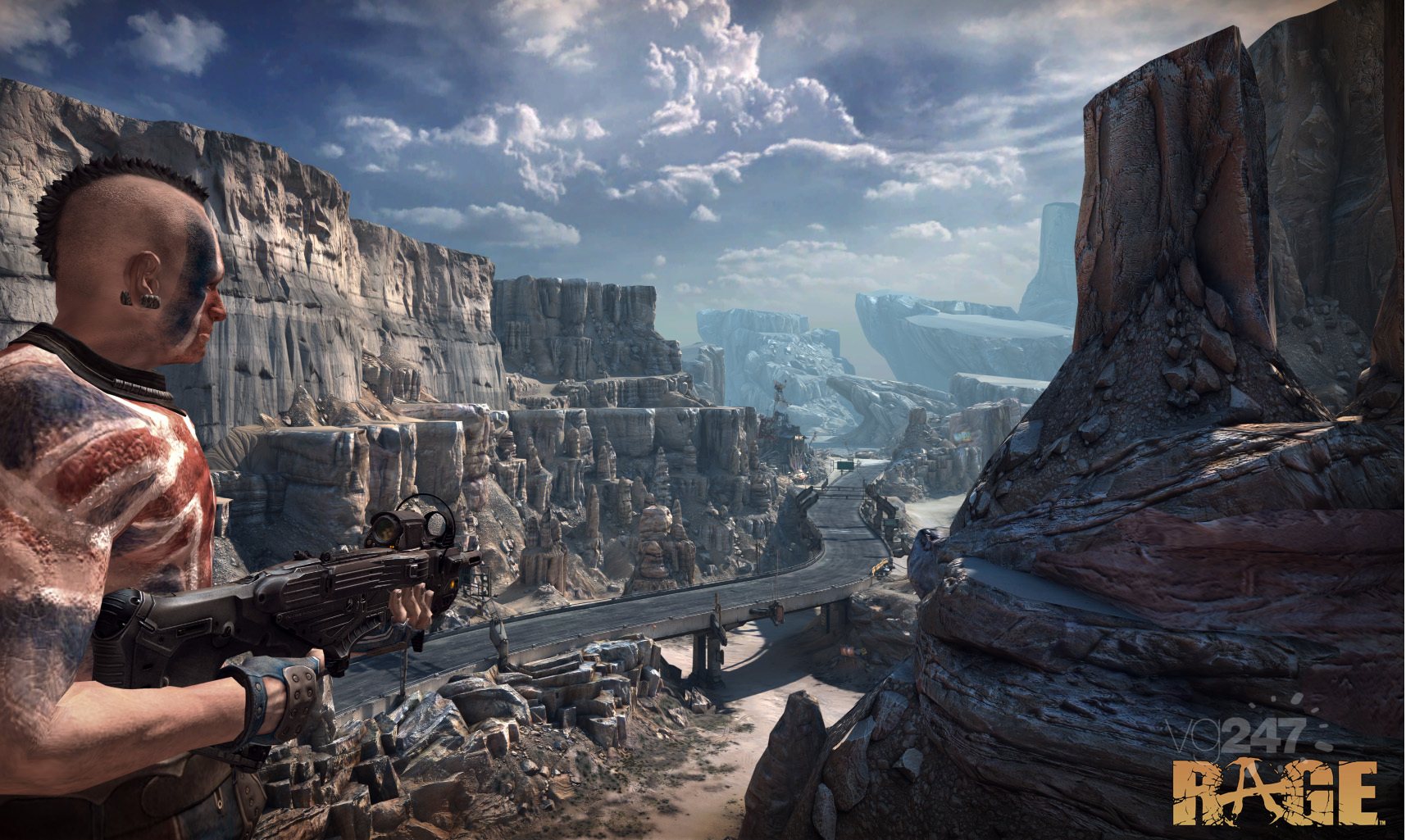Saturday, August 25, 2012
Artistic Workflow vs. Technical Fidelity
I've had thoughts about this topic for awhile and just kind of kept them to myself. Now it's starting to flare up in more and more places, so I would like to get behind the increasing number of people saying that pushing new game technology should now be in the direction of improving the artistic workflow rather than the game fidelity. I believe that this should be applied to every aspect of creating the complex piece of art that is a game, but for now I am going to stick to the visual and level creation side of things for simplicity. It also provides a perfect example and happens to be the direction that most tech R&D has been pushing for higher fidelity rather than better artistic flow.
In order to fully understand this topic, we have to look at videogame history a bit. You see, way back in "the day", real graphic artists-the kind that created beautiful pictures-were not the people creating the game art. The technical artists who bent the design of hardware to create interactive graphics were the ones creating the game art. A real graphic artist couldn't be bothered with the ridiculous and outlandishly hacky methods often involved in creating very early game art. Of course, over time, this had to be changed. As many of you know, "programmer art" often lacks the punch of real art in a game. Programmers spent time creating tools that would facilitate artistic creation, alleviating the pain involved. After some time real artists could be brought on board for a chunk of the budget and told to roll out the art assets for a game.
Of course, things have a tendency to swing back and forth. After a long time of very hard to use art tools, the industry began diverting resources to make using them easier. Once they were easy enough however, the industry went back into the mode synonymous with trying to cram more detail into the small space that is a monitor on a desk. Trouble is, it kind of stayed that way. We've long since passed the point where graphical detail in a 3d game was convincing and enjoyable for the majority of gamers, but we're still charging ahead making tiny micro-improvements too fast for the artists to really take advantage of them.
I think the industry needs to throttle back and concentrate on making better tools rather than just higher detail graphics. I could slap a bunch of 2048x2048 textures, SSS maps, and bump maps(to name a few) onto 15 million triangles and then apply every post effect in the book and still end up with something that looks really ugly and appalling. In fact, I could do that and end up with an image of a single solid color. It could be a very high fidelity render using the newest and most advanced rendering techniques and be less fun to look at than dirt is to eat. A contrived and exaggerated example like that makes the need for artistic care very plain. Obviously, high detail is not enough to create good art assets. You need good artists doing good work, and that means they will need accommodating tools.
Of course, it's not just the tools that effect artistic flow. Technical changes to how the world is rendered can actually be beneficial to the artistic freedom. Megatexturing provides an excellent example. Megatexturing actually ends up making the renders lower fidelity a lot of times, but this is in order to let artists give full attention to the details on every square inch of the game world. I'm not saying whether or not I think megatexturing is a good thing, I'm merely recognizing the improvements it makes in this direction. This is the kind of thing game engine programmers should be working on.
It's true that this idea has been on the rise for awhile, but what got me interested in writing about it again was the fact that John Carmack mentioned this during keynote this year. There is some hope the industry will defy my predictions and starts concentrating on art rather than fidelity.
--LazerBlade
Subscribe to:
Post Comments (Atom)

No comments:
Post a Comment